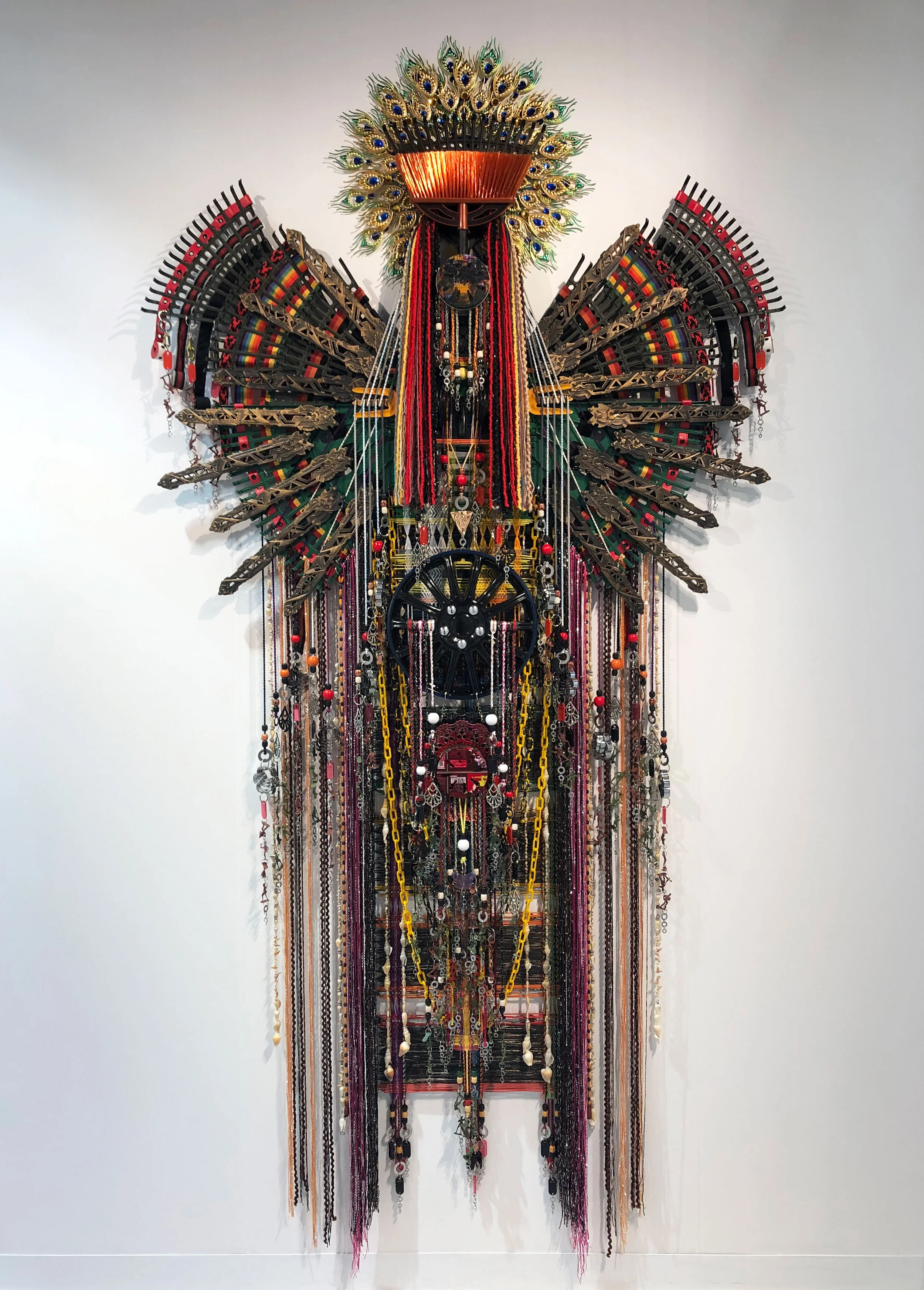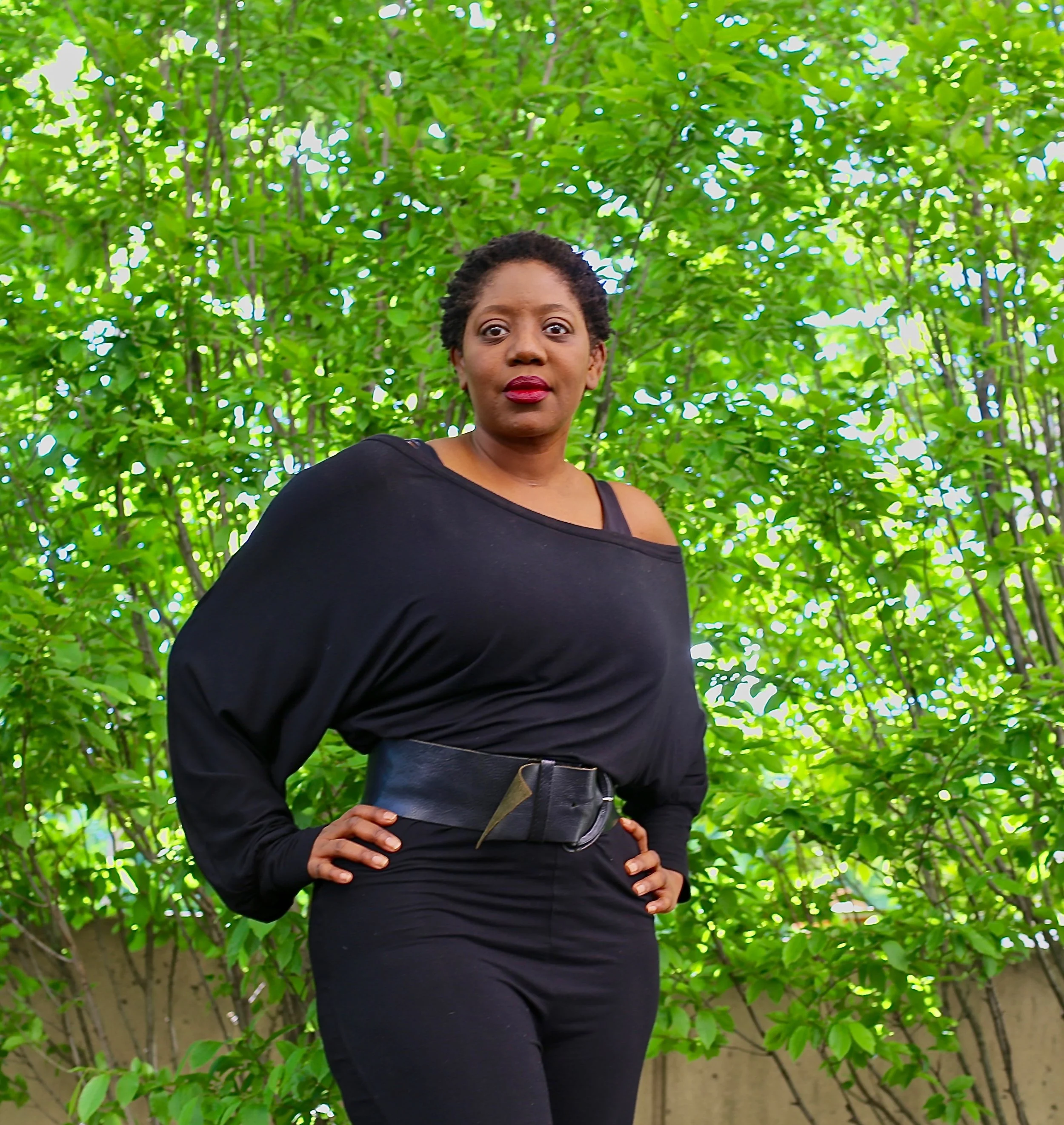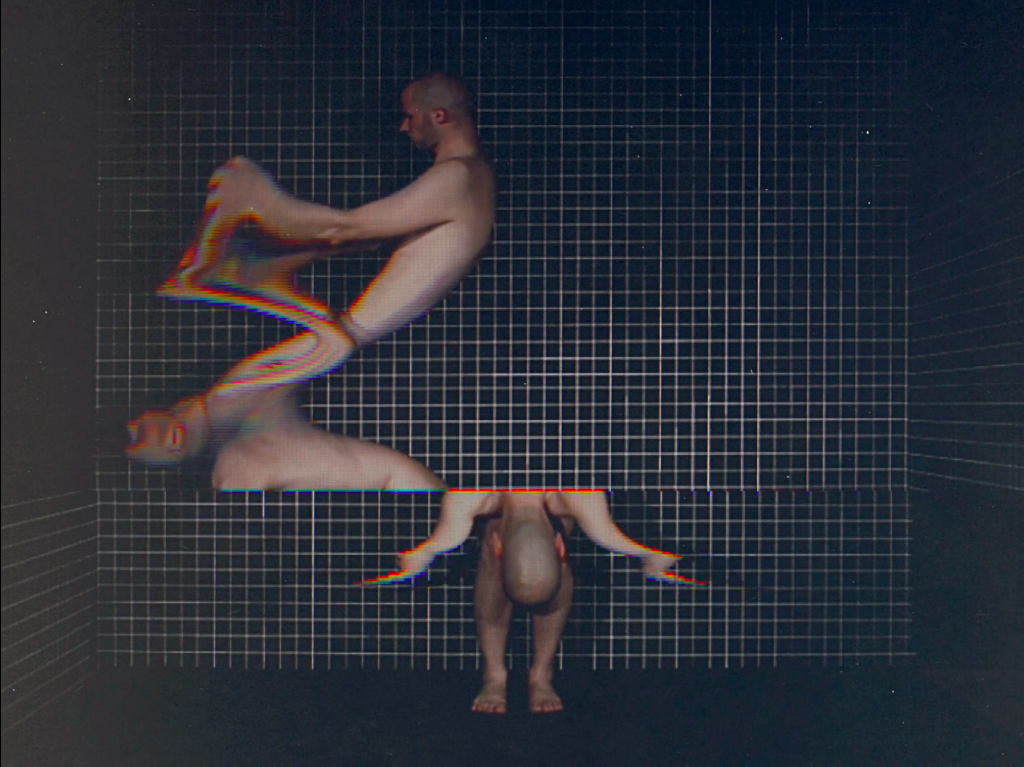The Women of Pier 90
The Armory Show 2020 culminated on Sunday March 8th: International Women’s Day. Incidentally, there were many outstanding works by women artists on view at Pier 90. These artists were all found in the Focus section, curated by Jamillah James, Curator, Institute of Contemporary Art, Los Angeles.
The Focus section considers…
“...artists’ relationships with truth as a received form of knowledge. Each participating artist constructs or choreographs a version of history, reality, or self where the boundaries of fact and fiction are indistinct. While the motivations, approaches, and results may be distinct, these inquiries invite viewers to examine their own preconceptions and expectations. Taken as a whole, Another time, another place is an open-ended proposition that asks how history functions when the present is constantly accelerating, and how much agency individuals or communities have in narrating their experiences and making new worlds.”
Charlie James Gallery (Los Angeles): Gabriella Sanchez
Gabriella Sanchez, Any/ Other/ Name, 2020. Acrylic, oil stick, oil pastel, archival pigment prints on canvas, 48 x 48 inches. Image courtesy of the gallery.
Gabriella Sanchez applies her former career in graphic design to her paintings with a mix of images and text in multiple font styles—sans serif typefaces placed next to blackletter changes the meaning of the words written in them.
Sanchez prompts the audience to reconsider the vantage point from where they are observing—as Americans, as cultural consumers, as members of ethnic groups, as singular individuals. Her compositional collage paintings operate like vibrant, sprawling puzzles, with seemingly disparate elements all existing on the same plane. Her paintings are composed of type, form, and color—a nod to Sanchez’s background in graphic design.
“Is beauty subjective or prescribed? Through her work, multidisciplinary artist Gabriella Sanchez explores how the duality of identity gets concretized in and by contemporary culture: the Mexican and American, us and them, the personal and the sociocultural…”
Gabriella Sanchez, Pointe of Reference, 2020. Acrylic, oil pastel, ink, pencil, and archival pigment prints on paper. Paper: 30.5 x 22.75 inches. Image courtesy of the gallery.
Walter Maciel Gallery (Los Angeles): Lezley Saar
Lezley Saar, Clotille admitted him into her room, which was gloomy and dark, with pictures of saints pinned up on the the walls, and black candles burning. The floorboards made a creaky sound as they walked towards the window., 2019. Acrylic on fabric, lace, tassels and curtain rod, 83 x 76 inches. Image courtesy of the gallery.
Lezley Saar’s A Conjuring of Conjurors is at the intersection of spirituality and madness: a gathering of Conjurors who tell tales, create illusions, cast spells and sprinkle goofer dust on doorsteps.
“Continuing her interest in Victorian and Edwardian eras, Saar creates a narrative made up of mystic characters known as conjurors who have specific obsessions and supernatural capabilities as a purpose for their existence. The concept for the exhibition was conceived after reading A Rebours (Against Nature) by the 19th century French author, Joris-Karl Huysmans. In this book the main character retires from society to build a fortress devoted to the exploration and worship of the senses and arts. Saar drew inspiration from this character to create her group of conjurors, each with specific abilities such as telling tales, creating illusions, possessing charms, communing with spirits and casting spells referencing voodoo and the paranormal.”
Lezley Saar, Fernest is the raggedy guardian of the shrines hidden deep in the forest, where large day pots filled with hair and nail dippings, coiled rainwater and leaves., 2019. Fabric, polyester fiber-fill and mixed media, 89 x 46 x 44 inches. Image courtesy of the gallery.
Klowden Mann (Los Angeles): Andrea Chung
At first, Andrea Chung’s Pure struck me as a tongue-in-cheek work of art in the age of coronavirus. The outstretched hands made of soap served as a visual reminder to wash one’s hands during the current pandemic and the stereotypical association in the West of Blackness with uncleanliness.
Andrea Chung, Pure, 2017. Black soap, dry sink, towels, candles, scissors, pitcher, bottle, and jewelry, 48 by 24 by 20 inches. Image courtesy of the gallery.
“Nana midwives of Jamaica serviced pregnant women without access to hospitals, often in rural areas. Nanas were stereotyped by colonists as “dirty, unclean and backward,” due to their use of traditional African birthing practices. I decided to cast their hands out of soap and invite the viewer to wash their hands with soap hands.”
Pure originated as a site-specific installation at Devon House in Kingston, Jamaica as part of the 2017 Jamaican Biennial.
SMAC (Cape Town) : Georgina Gratrix
Georgina Gratrix, Filler Face, 2020. Oil on Canvas, 120 x 90 cm. Image courtesy of the gallery.
Georgina Gratix’s impasto portraits are brightly colored, grotesque and brutal renderings that critique the art world, the wealthy and the shortcomings of humankind as a whole. Expressionism with a nod to Cubism’s distortions and repetitive facial features.
Georgina Gratrix, Reclining Woman with Flower, 2020. Oil on Canvas, 185 x 215 cm. Image courtesy of the gallery.
Marc Strauss (New York): Anne Samat
Malyasian artist Anne Samat creates totemic wall sculptures from everyday household items.
Anne Samat, I'm Here To Stay, 2020. Rattan sticks, yarns, washers, rakes, PVC chains, home (kitchen & garden) utensils and found objects, 131 9/10 × 59 4/5 × 10 1/5 in. Image courtesy of the gallery.
“Held together by the South East Asian art of Pua Kumbu weaving, which Samat formally studied, these works juxtapose the hand-crafted feel of weaving with the hard aesthetics of industrial objects. She combines traditional craft, which she [practices with pride, with inferior mass-produced products.”
Steve Turner (Los Angeles): Laylah Ali
Laylah Ali, Untitled (Acephalous series), 2015. Gouache, acrylic, watercolor and pencil on paper, 40 x 51 inches. Image courtesy of the gallery.
In Laylah Ali’s Acephalous series, flat cartoon-influenced humanoid figures with missing or misplaced body parts are rendered with painstaking precision in gouache. The characters and compositions were influenced by Ali’s childhood memories of racism in Buffalo, NY. Art 21
The Pit (Los Angeles): Tamara Gonzalez
Installation view of The Pit’s booth at the Armory Fair 2020. Image courtesy of the gallery.
“In Gonzales’s case, the question of attribution is placed front and center, beginning with the title of her exhibition, Bo Yancon, which is the nickname given to her by the indigenous Shipibo people of Peru. In recent years, Gonzales has made numerous trips to Peru, and her time spent living with and learning from the Shipibo has served as a proverbial deep dive into a particular non-Western system of belief and custom that has sustained itself over centuries of oppression alternating with indifference.”
Tamara Gonzales, Untitled, 2020. Alpaca fiber and wool in artist’s frame. Textile 30.5 x 29 inches, Framed 34 x 24.24 inches. Image courtesy of the gallery.





















